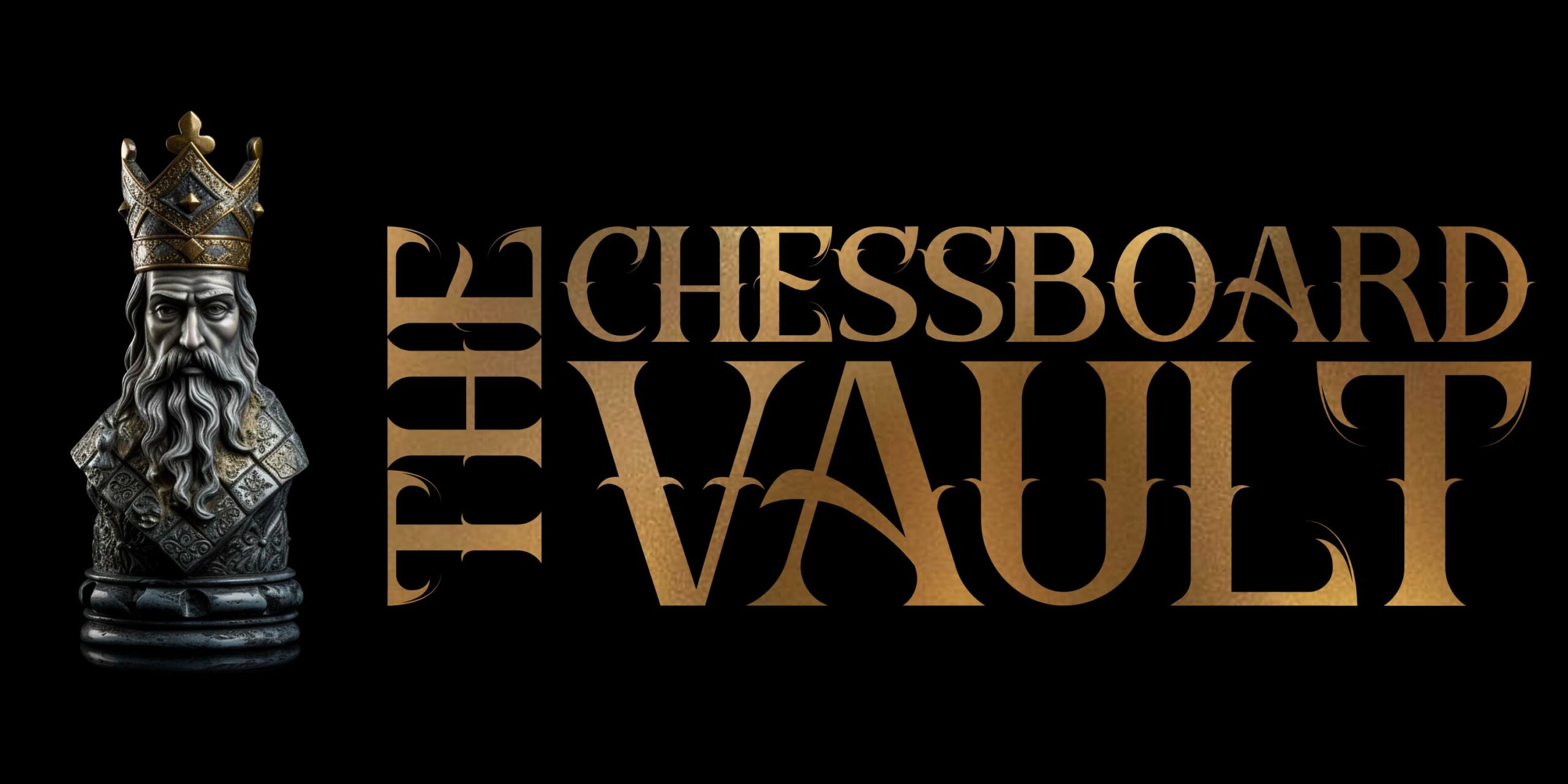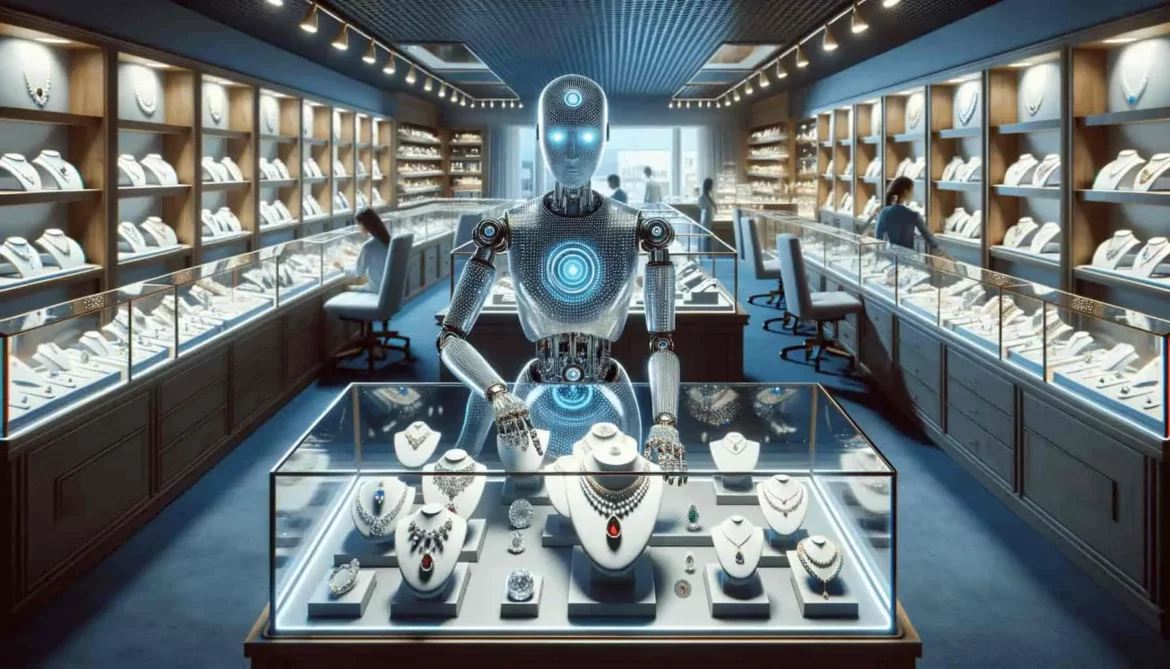With the advent of cutting-edge technologies, artificial intelligence (AI) has found its way into many sectors, including jewelry. It’s no longer science fiction: today, AI is helping to transform the buying experience as well as the jewelry creation process, bringing personalization, efficiency and innovation. In this article, we’ll explore in detail how AI is impacting the jewelry business, from design to sales.
The emergence of AI in jewelry stores: an overview
The concept of personalization through AI
Personalization is a growing demand among jewelry consumers. Thanks to AI, jewelry stores can meet this need by offering unique shopping experiences. For example, with the help of AI-based software, customers can now view and modify jewelry models in 3D before they are made, choosing metals, stones and various design elements to suit their tastes.
Milestones of AI in jewelry
Intelligent recommendation systems can suggest products tailored to customers’ preferences by analyzing their previous purchases and searches. In addition, processes such as gem sorting and analysis are now AI-assisted, increasing efficiency and accuracy in gem selection.
The Benefits of Artificial Intelligence for Customers and Jewelers
Unique creations tailored to customer tastes
AI makes it possible to create jewelry that aligns perfectly with customers’ individual desires, offering a highly personalized experience. This can translate into the creation of unique pieces that reflect each individual’s personality and style.
Improving customer service with AI
AI-powered chatbots provide round-the-clock assistance to customers, instantly answering common questions and guiding shoppers through their purchasing journey. AI also helps with inventory management, ensuring that customers always have access to the products they’re looking for.
Creative Process and AI: A New Way of Designing Jewelry
From design to manufacture: AI at every stage
AI is involved right from the start of the jewelry creation chain. Designers use assisted design tools to create precise virtual prototypes. Artificial intelligence also makes it easier to predict fashion trends, enabling jewelry designers to stay ahead of the market.
The impact of AI on creative speed and precision
AI technologies speed up the design process while reducing errors. By combining AI with additive manufacturing (3D printing), jewelers can turn complex designs into physical reality in a much shorter time than with traditional methods.
The Challenges and Limitations of Artificial Intelligence in the Jewellery Industry
Ethical and intellectual property issues
The integration of AI into jewelry design raises ethical questions, particularly in terms of intellectual property. Who is the real creator of the jewel: the human who conceived the algorithm, or the AI that produced the design? It is becoming essential to establish clear standards to protect original creations.
Striking a balance between craftsmanship and technology
While AI brings many benefits, care must be taken to preserve the artisanal aspect that characterizes the authenticity and charm of jewelry. Some consumers value craftsmanship, which presents a challenge in finding a balance between tradition and modernity.
The future of AI in the Jewellery Industry
Future trends and foreseeable developments
In the future, we can expect AI to become even more integrated into the jewelry sector. Further advances will enable more immersive and interactive experiences for customers, as well as continuous optimization of the production chain, from design to distribution.
The impact of AI on traditional jewelry professions
Professionals will have to adapt to these changes by developing new skills to work in concert with AI. This does not mean the disappearance of traditional trades, but rather their evolution towards a future where human creativity will be complemented by the efficiency and innovation of AI.

